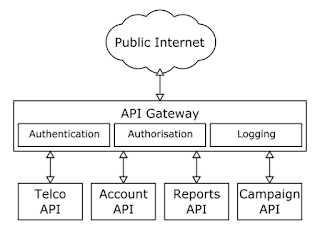What is an API?

What exactly is an API? API stands for A pplication P rogramming I nterface. Perhaps some of you may have already used APIs in your software applications, which you may think that API is an already written piece of code dedicated to perform a specific task. Yes it is, but hold on! The API itself gives the actual meaning when it is read backwards. an Interface used by Programs to interact with an Application. Essentially, an API could be anything in any form that is used by 2 software components to communicate with each other. Basically an API allows one application to talk to another, directly and securely. Some important facts about APIs will be listed below, No direct human usage of APIs. That is an API is normally invoked by some other code which is running on a computer. Normally this code is written by a developer to talk to the API. APIs expose something useful. You have APIs on your computer itself. (eg: when you type a key in the key...

